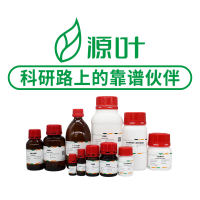Accumulated evidences indicate that reactive oxygen species (ROS) are involved in the pathophysiology of aging process. Antioxidants are believed to play an important role in the defense system to counteract ROS in the body. While excess hydrophilic antioxidants can be excreted easily in urine, lipophilic antioxidants can penetrate into blood lipoproteins and cell membranes, and may maintain long and high bioavailability. These lipophilic antioxidants are thus expected to contribute greatly to the prevention of age-related diseases.
Oils extracted from plant seeds are known to contain various lipophilic antioxidants such as vitamin E (α-tocopherol) and carotenoids. They are known to not only decrease serum low-density-lipoprotein (LDL) level, but also prevent oxidation of LDL. In addition to vitamin E (α-tocopherol) and carotenoids, other lipophilic antioxidants such as γ-oryzanol and sesaminol (from sesamolin) are in rice bran and sesame, respectively. They are sometimes called “vitamin-like food factors” or “biofactors.”
Although there are several methods for measuring the total antioxidant activities for various plant extracts, most of these methods are designed for hydrophilic antioxidants, and not for lipophilic antioxidants present in various plant seed oils.
In this report, we present an assay method for the total potency of antioxidants that are soluble in oil (PAO-SO) utilizing bathocuproine (BC) as a chromogen. BC-based antioxidant activity assay shows good linearity (r 2 = 0.9986), good reproducibility (CV < 10%), and good recovery (86–91%) when dl -α-tocopherol, for example, is added to sesame oil. Total antioxidant activity of rape-seed oil, olive oil, and sesame oil could also be successfully measured.






